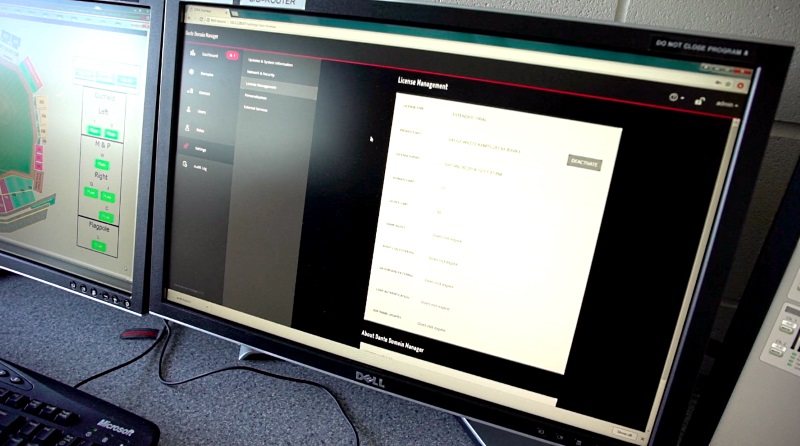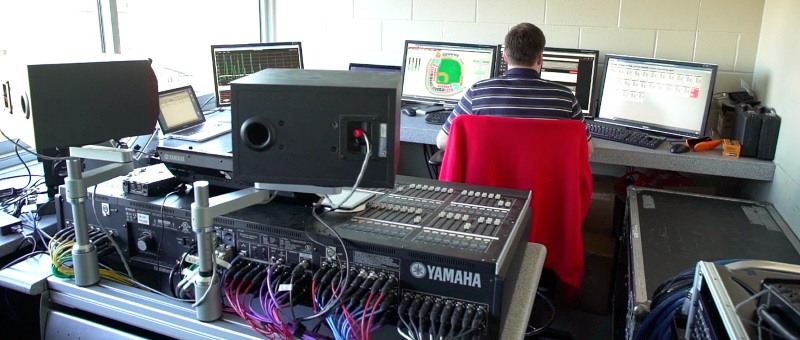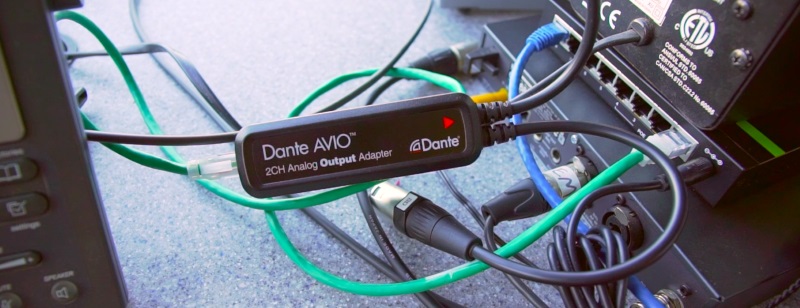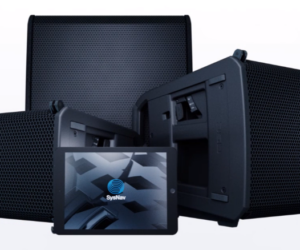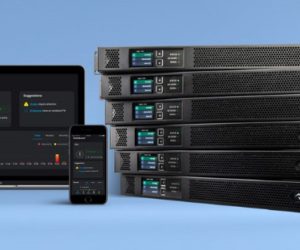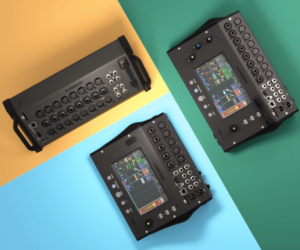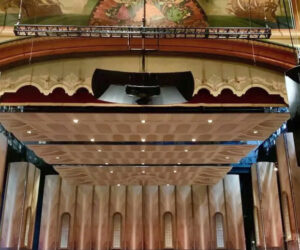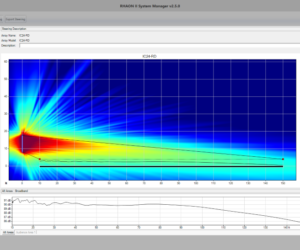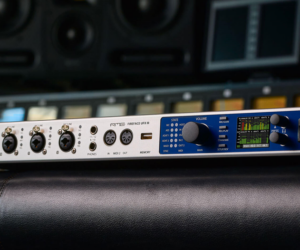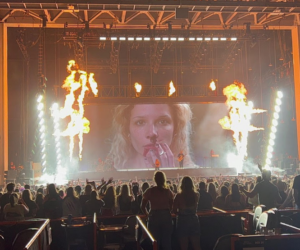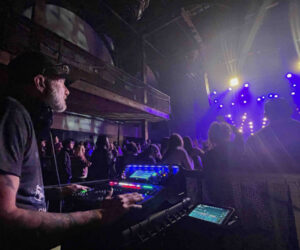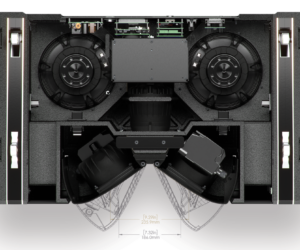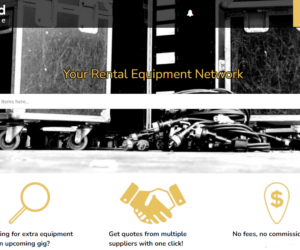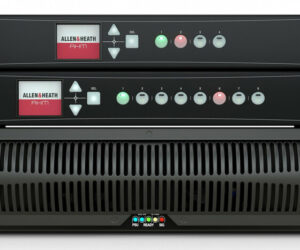Sitting in the heart of downtown Minneapolis, Target Field represents Minnesota’s blend of urban sophistication and outdoor vitality. This Major League Baseball stadium is home to the Minnesota Twins and accommodates more than 39,000 spectators. Though designed as a baseball venue, it also hosts football, soccer, and a wide range of outdoor concerts and various non-sports-based corporate events.
The stadium is a three-tier grandstand that features club seats, luxury suites, a press box and the Budweiser Roof Deck featuring a fire pit, bar, city skyline view, bleacher seats and standing room.
The stadium’s offerings extend beyond the seats as well. The facility’s business operations looked for ways it could deliver excellence across all ballpark offerings. One area where this was critical was the ballpark sound, which means audio is a major part of the fan experience at Target Field.
Jeff Pedersen, lead audio technician, Minnesota Twins Baseball, manages and operates the sound systems and audio equipment for all games and special events. Pedersen works closely with Tim Habedank, AV technical manager, Parsons Electric, to manage and upgrade the stadium’s audio system.
Target Field is a large venue and multiple areas around the facility require Pedersen’s audio support. This can include distributing audio out to various areas or pulling signals back to the control room for mixing and processing. For example, live bands perform before ball games and during breaks. Pedersen must be sure this audio is heard throughout the stadium.
There are many different subnets in the facility and all audio transport was previously occurring over the network using CobraNet. While the CobraNet system is still in place to transport DSP audio data over fiber to and from fixed locations, such as amp rooms, clubs and press areas, the system reached its maximum capability and a new solution was needed. Additionally, demand for a better fan experience required adding audio in areas that were not originally planned for audio support. To add audio to these sections, the stadium expanded with Audinate Dante and Dante Domain Manager.
Pedersen needed a way to easily and inexpensively expand the number of inputs and outputs to his main console to provide a better fan experience, a better mix, and manage and control the total system. His search led him to Dante. The natural next step was to install Dante-enabled equipment, immediately upgrading the system by expanding channel counts, expanding audio infrastructure and reducing latency.
Dante is a digital media networking technology allowing users send uncompressed, multi-channel audio over a single Ethernet cable. With Dante as the networking solution, the team at Target Field can integrate audio from a wide range of audio devices from multi-vendor manufacturers.
Dante also allows Target Field to tap into the existing networking structure of the field, without having to install extra infrastructure to get audio where it needs to go. Pedersen added wireless microphone receivers, mixers and input/output racks as a base for his Dante system. Prior to Dante, Pedersen was limited by its CobraNet system – it was simply maxed out. With a Dante system in place, Target Field now has more than enough audio channels available.
“We would have a band performing on the other side of the stadium, and there was very limited connectivity, so I could only get two audio lines to use: one for an intercom connection so we could communicate with our technician located with the band, who would then send me a sub-mixed signal back on the other audio line,” says Pedersen. “We were able to get the job done, but it was a difficult process to say the least. My dream was to have control of all of this in front of me on my console, with separate channels for mixing. I finally got to do this by adding Dante connectivity into the system.”
The stadium’s audio system consists of a control room tied to multiple locations. There are three amplifier rooms supporting the stadium speaker system, as well as 18 other locations that receive audio feeds from the control room.
“We started by using Dante to connect the control room to the band stage, and this step alone brought 16 channels from the band to my main console – a huge improvement for us,” says Pedersen. “Our plan now is to get Dante into all of our remote locations and bring all the control and mixing to our main control room.”
Pedersen also frequently uses a portable sound system, a small rack with a digital mixer, amplifiers and wireless connectivity. “If we need more remote support, I can easily plug in a network cable and jump on the Dante network to my console,” says Pedersen. “There’s a lot of flexibility now in being able to share inputs and outputs with different mixers in different areas.”
A Dante system allows endless audio possibilities for the stadium, as hundreds of Dante-enabled products are available and interoperable. Pedersen can now mix any Dante-enabled speaker, amplifier, microphone, mixer, receiver, converter and more. And, with the addition of Dante AVIO Adapters, the stadium can integrate older, legacy gear into Dante systems, adding to Dante’s interoperability and flexibility.


